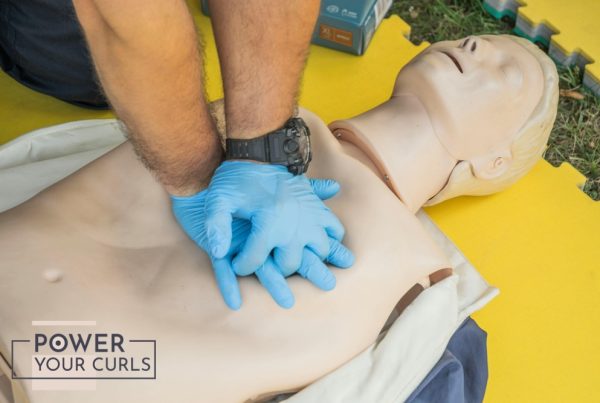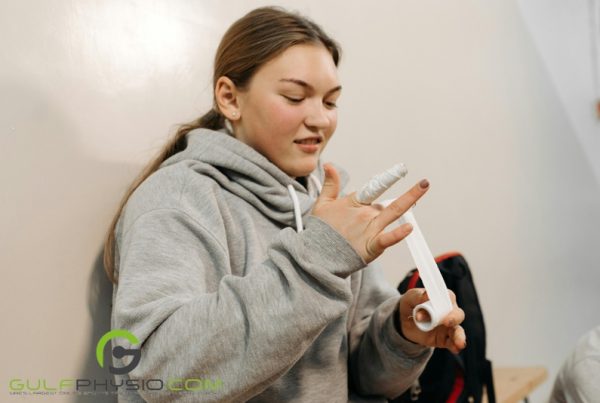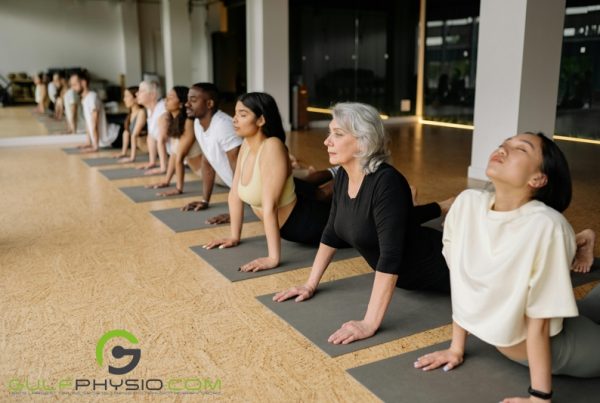It’s no secret that as we age our body gets weaker. Simple movements such as walking up stairs hurt our knees, getting out of bed hurts our hips, and even small movements like writing hurt our wrists. Yet, have you ever stopped to think why? Why do our bodies, specifically our joints, break down significantly as we age?
Our Joints
Joints, also known as articulations, are the point of contact for the bones in the body allowing for movement. There are 360 joints in the human body which can be classified based on their structure:
- Fibrous Joints: These types of joints do not have a synovial cavity; made up of dense fibrous and irregular connective tissue which are rich in collagen fibers.
- Cartilaginous Joints: Just like fibrous joints, these types do not have a synovial cavity but are distinct from fibrous joints as they connect bones purely via cartilage.
- Synovial Joints: The most common type of joint in the human body. These joints prevent friction between the bone and joint cavity.
Age and Degeneration
As mentioned in the introduction, we all understand that with age our body deteriorates. For our joints, we oftentimes blame “wear and tear” yet much more goes on under the surface that contributes to joint health decline.
While many ailments affect joint health, the most common condition is arthritis, specifically osteoarthritis, affecting over 528 million people globally as of 2019 according to the World Health Organization.
Osteoarthritis is a degenerative joint condition affecting the connective tissues of the joints. It can also degrade the cartilage around the joints, affecting the bone’s shape and causing inflammation, pain, and stiffness, affecting overall mobility.
Causes
What many people misunderstand about joint health is that while it often affects older people, certain factors that occur while an individual is younger can help contribute to the decline of joint health as you age.
- Genetic Predisposition – While genetically predisposition to a disease does not guarantee an individual will inherit it, it does increase the likelihood of developing the condition. Actively adopting healthier habits, and a healthier lifestyle in general, while consulting licensed health professionals may decrease the possibility of developing the condition.
- Injury – A study published in the National Library of Medicine stated the following, “Persons who sustain a knee injury are 4.2 times more likely to develop OA (Osteoarthritis) than those without a history of a knee injury.”.
- Overuse – The joints do a lot of the heavy lifting in our daily movements. Simple actions such as walking, lifting, and reaching all require our joints and while these actions aren’t exactly overuse, coupling them with heavy weights or sudden movements such as in sports or certain exercises (i.e. weightlifting) can lead to joint degeneration.
- Obesity – Obesity comes and can cause a lot of health risks; one of them is being more susceptible to joint injury specifically in the knees in ankles. Excess weight puts more strain and pressure on the joints, while excess fat weakens cartilage and in turn speeds up the degeneration of the joints.
Prevention and Treatments
It should go without saying that there is no sure-fire way to stop knee conditions such as Osteoarthritis from developing, but there are steps that can be taken to prevent or at the very least alleviate the symptoms associated with knee degeneration.
- Maintain a healthy body weight – As mentioned earlier, excessive weight puts too much pressure on the joints and affects the cartilage. Achieving and maintaining a healthy weight relieves the joints, reduces pain, and in the long run, improves any symptoms of conditions such as osteoarthritis.
- Watch your blood sugar – Having high blood sugar has been found to cause knee pain, this is more prevalent in individuals with diabetes. Increased blood sugar causes joint inflammation and even joint damage. Regulating blood sugar levels can help prevent knee pain and other knee conditions.
- Don’t ignore pain – As mentioned earlier, it is possible to overuse your joints especially when engaging in sports or intense exercises. It should be noted that slight discomfort during and even after the exercise is normal especially when doing a new exercise; but persistent pain that lasts for days should be taken seriously.
- Rest – Just as you should not ignore pain; you should also not ignore rest. Whether it’s after a workout or recovering from an injury, rest allows your body to recover and heal, this includes your joints.
Conclusion
As we age our joints become weaker, causing pain and stiffness in our joints. Different factors contribute to joint degeneration and some individuals may be more susceptible than others, but preventative measures and regular check-ups with licensed professionals may help lower the risk of developing a knee condition.
If you would like to know more about maintaining your hip health, read our articles “Understanding The Hip Joint” or “Your Hips Don’t Lie: A Dive Into the Importance of Hip Health” or learn more from our blog here.
Disclaimer
GulfPhysio.com and all of its content are for informational purposes only. All information is believed to be accurate at the time of posting and should NOT be construed as professional medical advice. Please seek a medical professional in the event of pain or injury.



